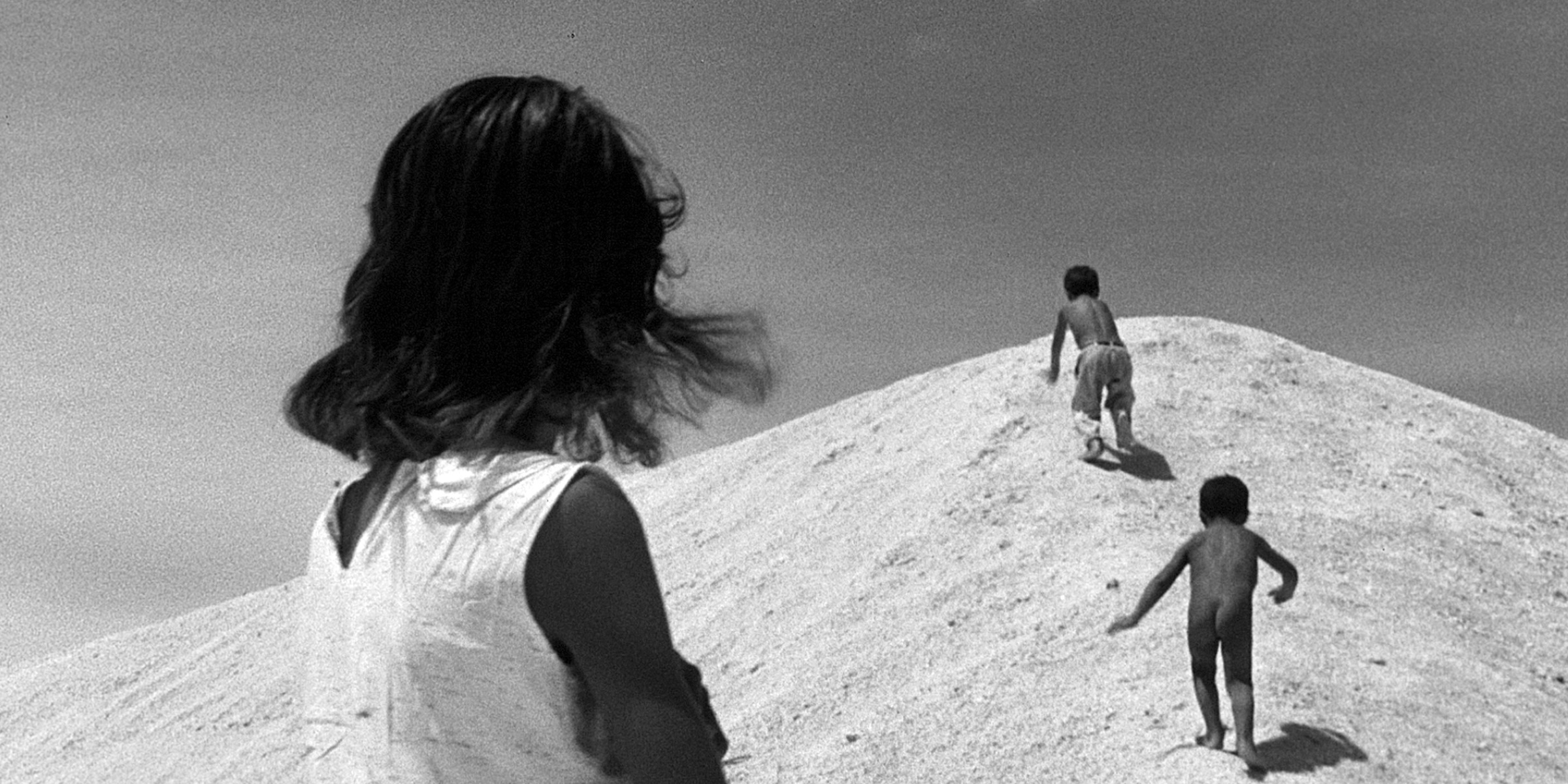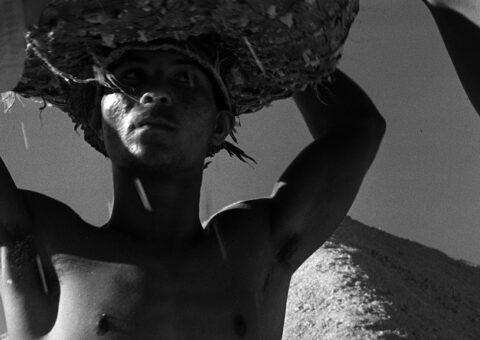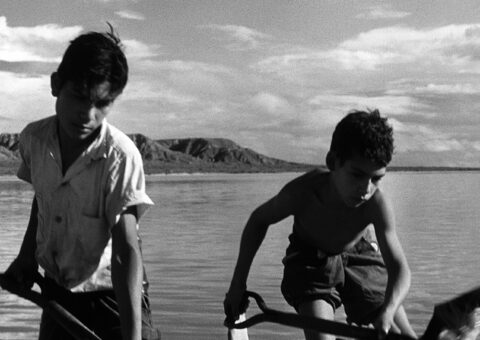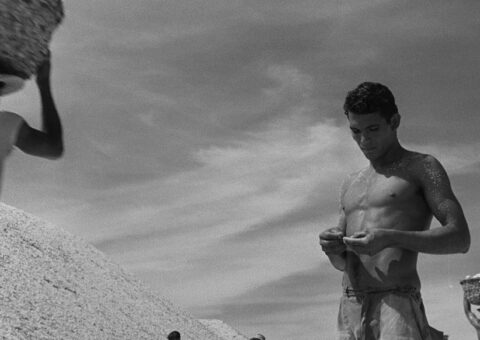Alchemy Film & Arts
Using film as a way to come together, have conversations and strengthen community.

WELCOME > SCHEDULE > SCREENINGS > ARAYA
HEART OF HAWICK
SUNDAY 4 MAY
17:00 – 18:30 / 83′
This film has descriptive subtitles. The introduction will have BSL interpretation.
Content warning: discussion of classism, death, climate anxiety, displacement, injury, colonialism, poverty.
PROGRAMME NOTES
by Vanessa Gubbins
Political film? Ethnographic documentary? Docu-fiction? Auteur film? Film-Poem? Venezuelan filmmaker Margot Benacerraf’s Araya (1959) does not fit easily into any genre. Winner of the Superior Technical Commission Award and co-winner of the International Critics Prize at Cannes in 1959, Araya continues to intrigue scholars and viewers alike in its haunting beauty and enduring political resonance.
Originally consisting of three hours prior to being cut down to the 90 minutes presented at Cannes, the film was shot by a two-person crew made up of Benacerraf and her cinematographer, Giuseppe Nisoli, in the desert peninsula of Araya in northeastern Venezuela. In highly stylised black-and-white images, accompanied by narration and scored music, the film captures 24 hours in the lives of the human and non-human inhabitants of the peninsula. It focuses on three fictionalised families, whose characters were performed by the local people of Araya (none of whom were professional actors). It was shot one year before Venezuela’s return to democracy, after the collapse of Pérez Jiménez’s dictatorship, and shortly before the implementation of heavy machinery in Araya, whose traditional salt-and-fishing economy had been in place since the arrival of the Spanish in the 1500s.
Weaving a mythical tale of salt with a narrative history of human extractive activity in Araya, from the Spanish discovery of the salt mines to their impending industrialisation, the film highlights the continuities between the region’s colonial history and neocolonial present. It begins with the explosive sounds and images of Spanish canons and ends with those of machines.
At a time when Venezuelan state discourse was dominated by narratives of progress via capitalist modernisation, especially through the dreams afforded by the discovery of oil, Benacerraf’s film shifts viewers’ focus away from the Venezuelan political and economic centre of Caracas to its geographical margins, to tell the story of a nation built on ongoing exploitation. From the ‘white gold’ of salt to the ‘black gold’ of oil, Venezuelan modernity – the film tells viewers – remains thoroughly colonial. Its political criticism makes it not only a precursor to revolutionary Latin American Third Cinema of the 1960s and 1970s, but also to later Venezuelan films that again denounced the cost in life of the nation’s dependence on extractive economies.
Nevertheless, Araya’s beating heart is not in the salt mines, but in the human and non-human inhabitants of the peninsula. Neither, moreover, is it formally a political manifesto. It is a film where ruins of colonial fortresses and cannons coexist in the same desert landscape with salt mines, traditional fishnets, heavy machinery and artisanal ceramic pots; where sequences of factory-like assembly lines of workers labouring in the salt mines are counterposed to shots highlighting their bodies’ strength and beauty; where animals and plants grow and live in porous communities with humans, who love, collect seashells, and worship their dead. A film, ultimately, that asks viewers: will the arrival of machines improve their lives?
Margot Benacerraf – who passed away in May last year – was not only a pioneering Latin American woman filmmaker but also founder of the Venezuelan National Cinematheque in 1966. Her film endures today as a testament to her work in developing Venezuela’s film industry, and also as an invaluable historical record of a way of life that no longer exists.
Vanessa Gubbins is Assistant Professor of Latin American Studies at Cornell University.
This programme is supported by Scottish Graduate School for Arts and Humanities in partnership with University of Edinburgh and Cornell University.
Be sure to also catch Excerpts On Extraction in the screening slot before this showing. We are delighted to be making Andrés Prypchan’s Araya offcuts publicly available for the first time. Click here to view them alongside an introduction by Francisco Llinas.
PROGRAMME



ARAYA
Margot Benacerraf
82’54 – Venezuela – 1959
Banner image: Araya, Margot Benacerraf, 1959
WELCOME > SCHEDULE > SCREENINGS > ARAYA
Alchemy Film & Arts
Room 305
Heart of Hawick
Hawick
TD9 0AE
info@alchemyfilmandarts.org.uk
01450 367 352
Charity Number: SC042142


© 2025 Alchemy Film & Arts